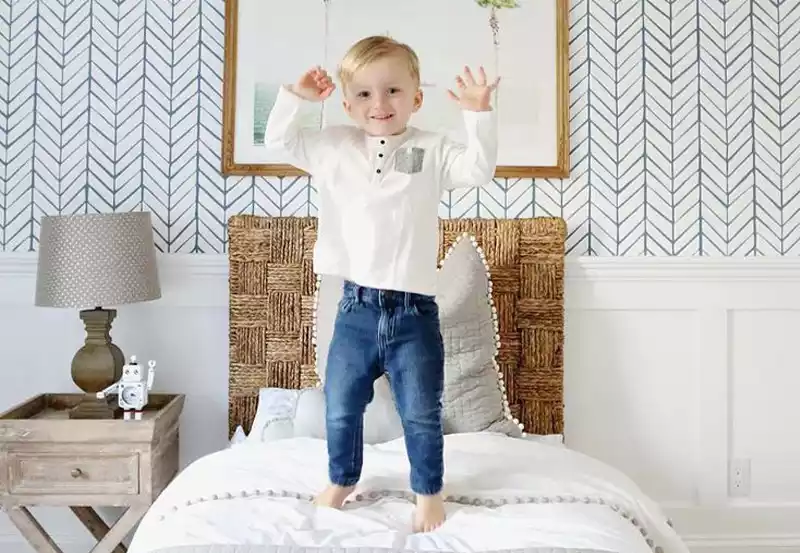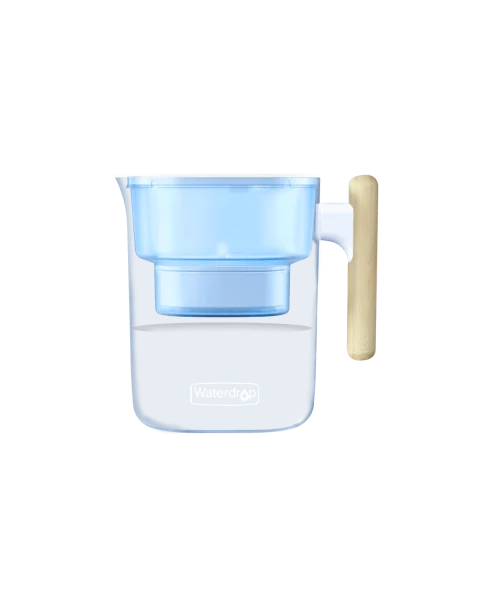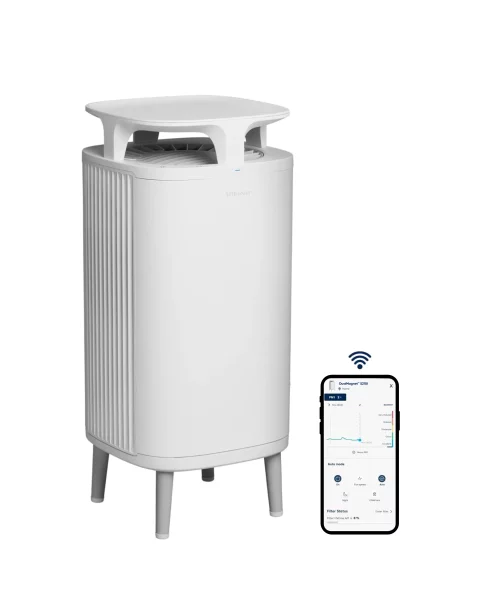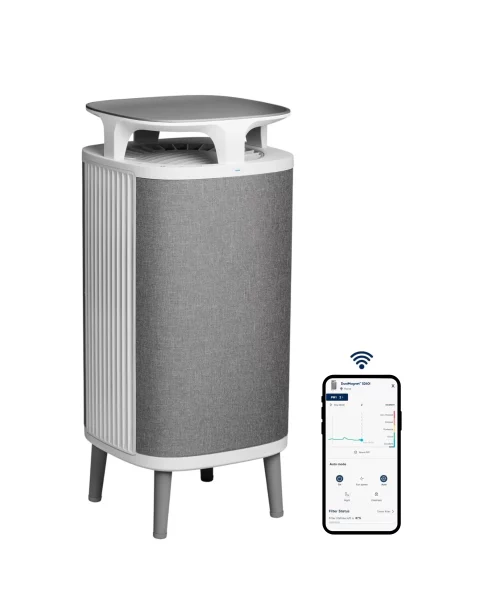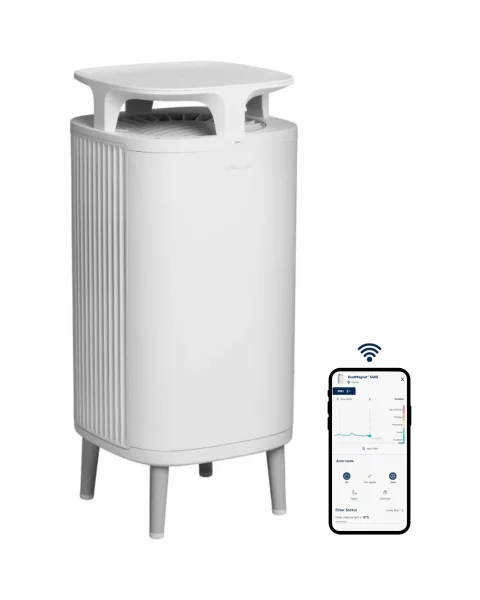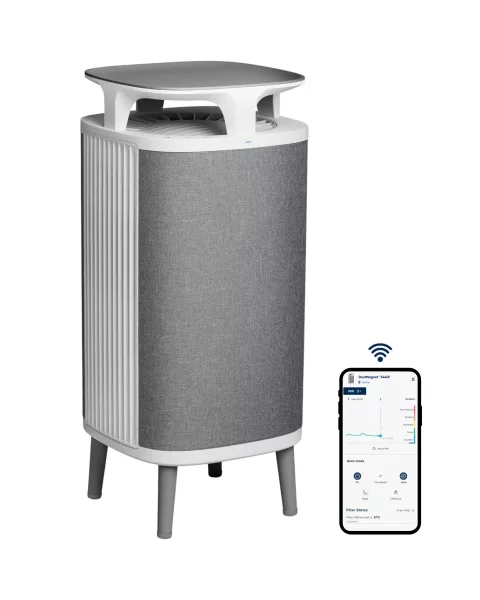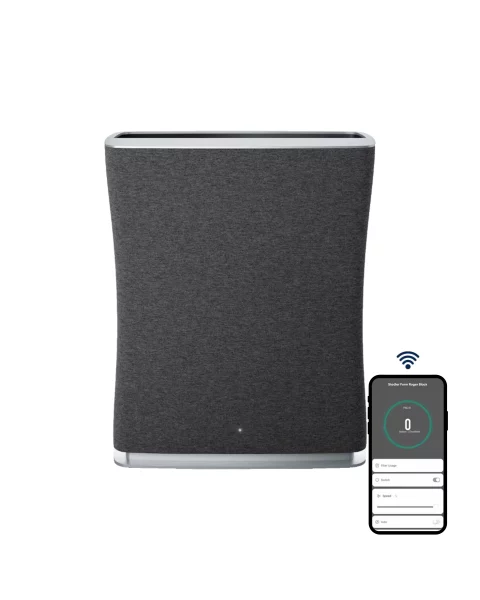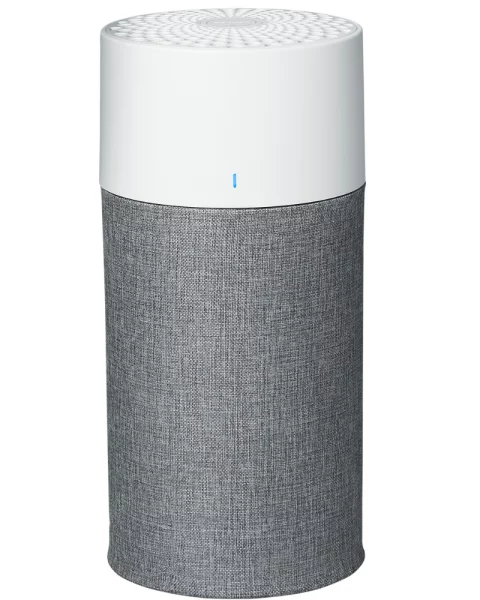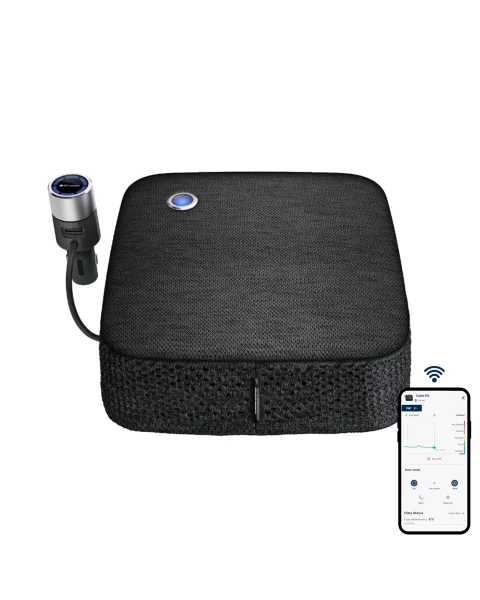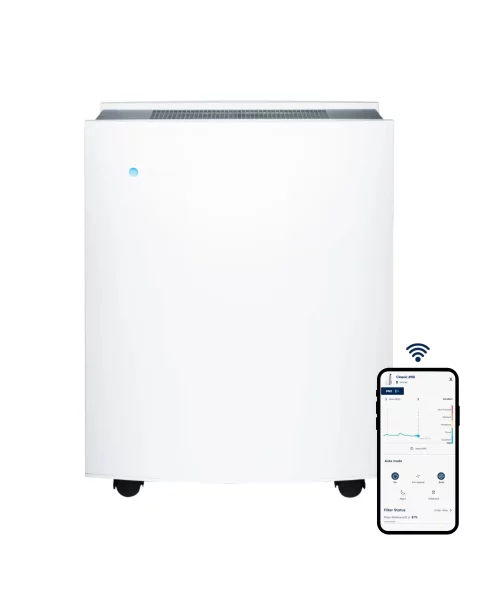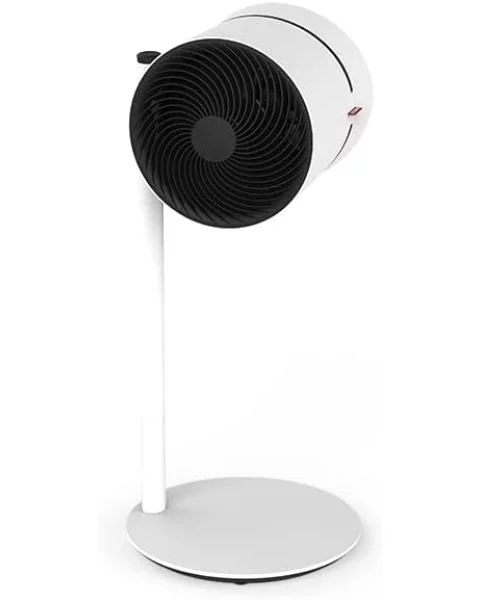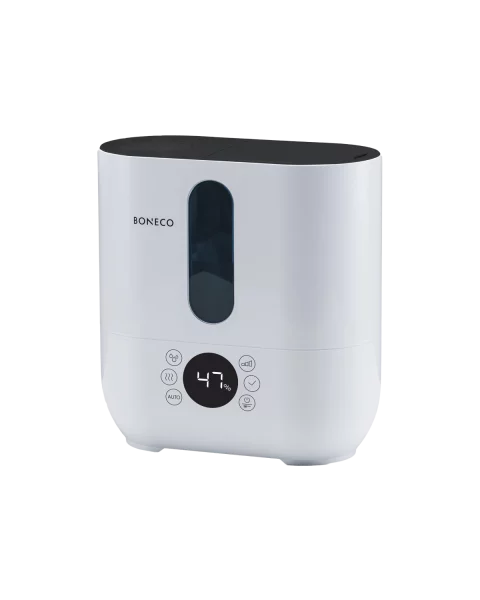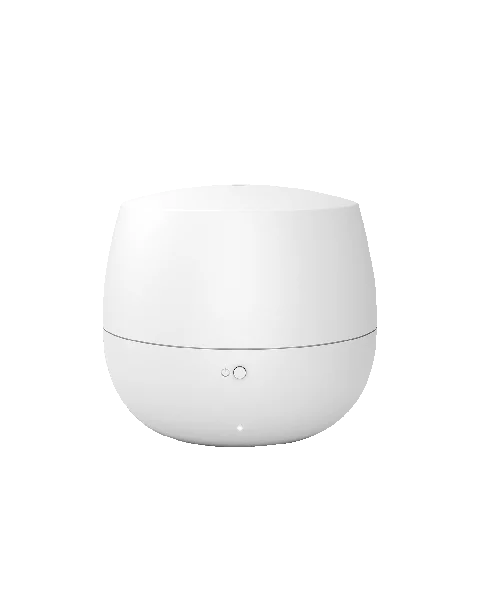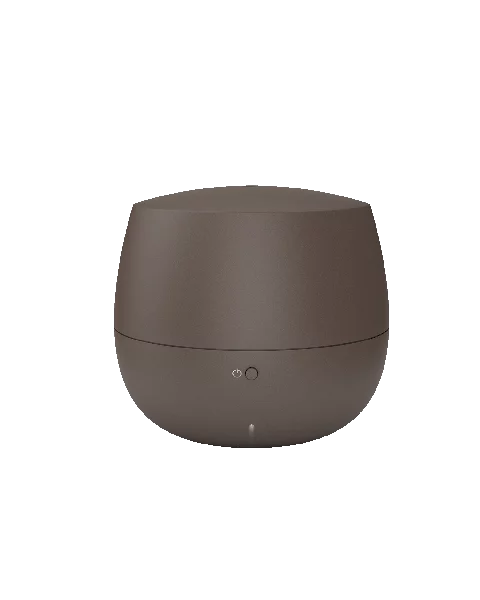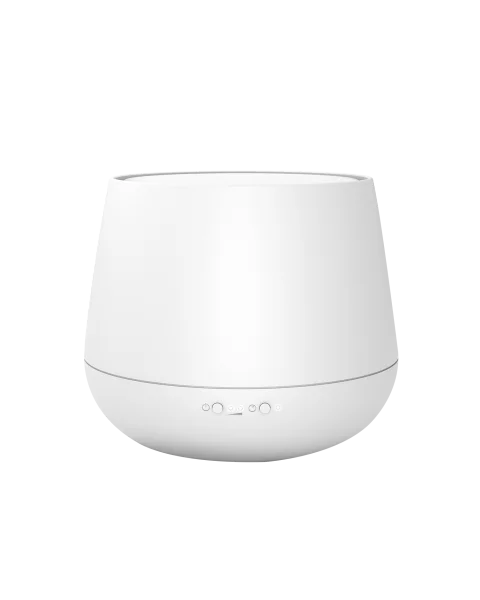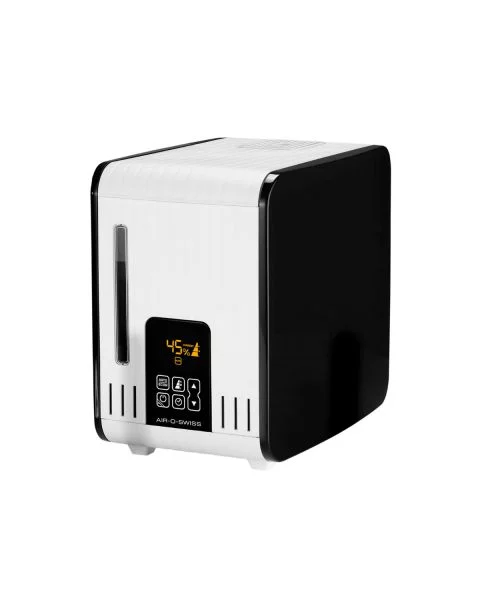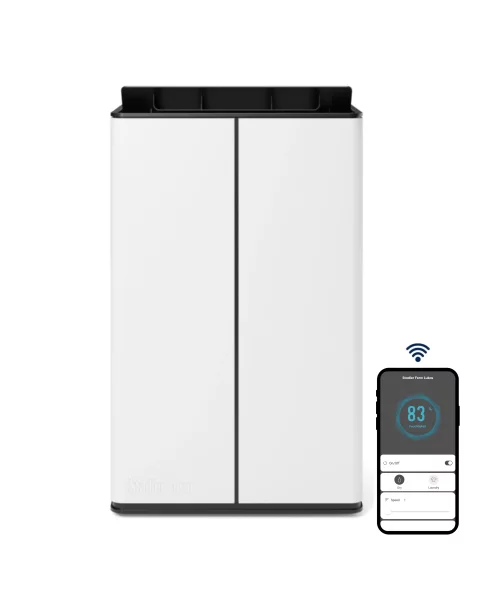If your child has allergies, keeping him away from potential allergens may seem overwhelming. But it is likely easier than you think. That's because many allergens are likely to hang out where your child does -- in his bedroom. The room maybe filled with:
- Common indoor allergens, like dust mites, mold, pet dander, and even cockroaches.
- Outdoor allergens, like pollen, that can come in on shoes and pets and in the air through an open window.
- Substances in the air that can irritate airways, like secondhand smoke, product fragrances, and cleaning supply fumes.
Focus on limiting allergens in your child's bedroom and you can make big strides in easing his itching, sneezing, and watery eyes. Here's how to get started.
Ditch Dust Mites

The microscopic droppings of dust mites are the most common cause of year-round allergy symptoms. Try these strategies to banish dust mites and their droppings from your child's room:
- Use a dehumidifier or air conditioner to keep room humidity below 60%. This helps keep dust mites down, since they thrive on humidity.
- Use dust mite-proof plastic covers on your child's mattress, blankets, and pillows. Dust mites feed from the millions of skin cells that we shed each day. So beds are obvious dust-mite havens.
- Wash your child's bedding in very hot water -- at least 50°C -- every week and dry in a hot dryer to kill the bugs.
- De-clutter. Get rid of extra pillows. Limit stuffed animals, toy collections, and piles of magazines or books, which all harbor dust. Instead, reserve a nearby hall closet where your child can keep them. Buy stuffed toys that can be washed and dried regularly.
- Limit carpets and upholstered furniture in the room. If you need to cover bare floors, use throw rugs that you can wash and dry easily.
- Steam clean your child's room regularly.
Get Picky With Pets

Allergies to pets are usually reactions to a protein in pet saliva, dead skin flakes (dander), or urine of a furry animal, not to an animal's hair. There is no such thing as a hypo-allergenic dog or cat breed, though some animals tend to produce more allergens than others. If you're thinking about getting a pet, consider one without fur or feathers. For instance, fish or a reptile shouldn't trigger child allergy symptoms. If a dog, cat, or other furry animal is already part of your home and your hearts, try these measures:
- Keep your pet out of your child's bedroom.
- Bathe your pet weekly to cut down on the dander he sheds -- in the bedroom and elsewhere.
- Have a non-allergic person clean the animal cage.
Make A Mold-Free Bedroom

Mold in your home can add to your child's allergy symptoms. Inspect the bedroom for mold and its source:
- Check carpeting for signs of mold or mildew, especially near windows.
- Encourage your child to throw dirty clothing in a hamper, not on the floor. Don't leave damp or sweaty clothing for the long in the hamper, where it's a perfect breeding ground for mold. Empty the hamper daily.
- If you noticed condensation on windows or window frames in your child's bedroom, investigate potential causes. Find out how to deal with them so they don't lead to mold.
- Fix leaky pipes or roofs.
Control Cockroaches

Cockroaches are bad news, and their droppings can cause severe allergy symptoms in some people. While they're often found in kitchens, they can easily make their way to other rooms. Crumbs are a calling card to cockroaches. Make bedrooms in your home no-food zones. Better yet, hire a service to rid your home of cockroaches. Seal any cracks or leaks that cockroaches may use to get into your house.



